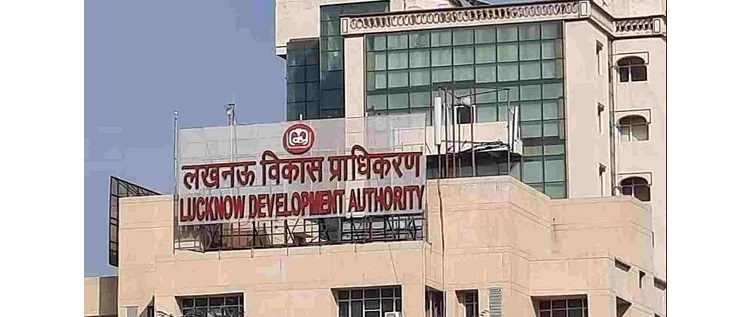E - PAPER
RBI supports govts growth stance with Repo Rate cut
For the third time in a row, the Reserve Bank of India’s (RBI) Monetary Policy Committee (MPC) today cut interest rates by 25 basis points, as was widely expected. At the end of a three-day MPC meeting, RBI Governor Shaktikanta Das announced its second bi-monthly monetary policy statement for 201
 BY
admin
BY
admin
Published - Friday, 07 Jun, 2019

For the third time in a row, the Reserve Bank of India’s (RBI) Monetary Policy Committee (MPC) today cut interest rates by 25 basis points, as was widely expected.
At the end of a three-day MPC meeting, RBI Governor Shaktikanta Das announced its second bi-monthly monetary policy statement for 2019-20. In a unanimous decision, the MPC also decided to change the stance of monetary policy from neutral to accommodative.
Amid slowing economic growth and rising global uncertainty, the RBI had decreased the short-term lending rate (repo rate) by 25 basis points each in its last two policy reviews.
What the industry has to say:
Khushru Jijina, MD, Piramal Capital and Housing Finance, “The downward revision of growth projection by the Reserve Bank of India (RBI) from 7.2 % to 7% in 2019-20 calls for the implementation of additional rapid policy interventions by both RBI as well as the Government. NBFCs are instrumental in providing credit to MSMEs and real estate sectors, that are significant to India’s GDP. MSMEs contribute 31% of the GDP, 40% of exports and hires 25% of the labour force while real estate contributes more than 5% to GDP and hires 17% of the labour force directly or indirectly. We anticipate more decisive and pro-active policy measures to address the current liquidity crisis that will enable NBFCs to restore lending activities, especially to these critical sectors.”
Ramesh Nair, CEO & Country Head, JLL India, “The monetary policy decision to cut the policy rate is laudable. As the residential sector is already at inflexion point signalling a sustainable recovery, this decision will support the trend. This repo rate cut is likely to have a direct impact on the real estate sector, provided the banks, in turn, transmit the same by a corresponding reduction in lending rates.”
Rajan Bandelkar, President, NAREDCO Maharashtra, “RBI has changed its stance from ‘Neutral’ to ‘Accommodative’ which also possibly provide banks the required contextual setting and cushioning to provide funds to NBFCs and thereby, have capital influx in the entire financial system, arresting the liquidity crunch. A good monsoon will lay the context for further rate cuts during the year. The recently revised GST rates coupled with 5.75% and stable government look potentially rewarding with a promising future for home sales in the coming second half of the year.”
Rajat Rastogi - Executive Director, Runwal Group, “"The hat-trick of the rate cut for the calendar year 2019 by RBI will have a positive impact on the Indian economy. Presuming that the banks will extend the benefits to the customers which will lead to lower EMI and higher purchasing power capacity of the home buyers. A stable government at the centre, declining interest rates along with new reduced GST rates collectively will encourage the buyers to buy their dream home."
Deepak Kapoor, Director, Gulshan Homz & Former, President, CREDAI Western UP, “With RBI reducing the repo rate back to back this financial year, shows a softer stand towards lending. I am sure Bank’s would surely reduce the lending rates, though marginally, which can boost the sentiments in the market.”
Hiral Sheth - HOD, Marketing, Sheth Creators, “This is the third consecutive rate cut this year which will definitely help in bringing down the home loan interest rates and will also bring some amount of cheer to the homebuyers. The real estate market is quite bullish with Modi 2.0 coming in action and will further boost sentiments of the buyers”
Sarojini Ahuja - VP, Sales & Marketing, Transcon Triumph, “RBI has given positive signs showing that the market is improving and finally the financial institutions can now start on to pass the benefits to the end-users. Stable Government, cheaper loans for home buyers and rising demand will create renewed interest in residential property purchase from end users.”
RELATED STORY VIEW MORE
TOP STORY VIEW MORE

Mixed Outlook for Australia's Housing Sector In 2024
Mixed Outlook for Australia's Housing Sector In 2024
05 December, 2024NEWS LETTER
Subscribe for our news letter
E - PAPER
-

CURRENT MONTH 
LAST MONTH














